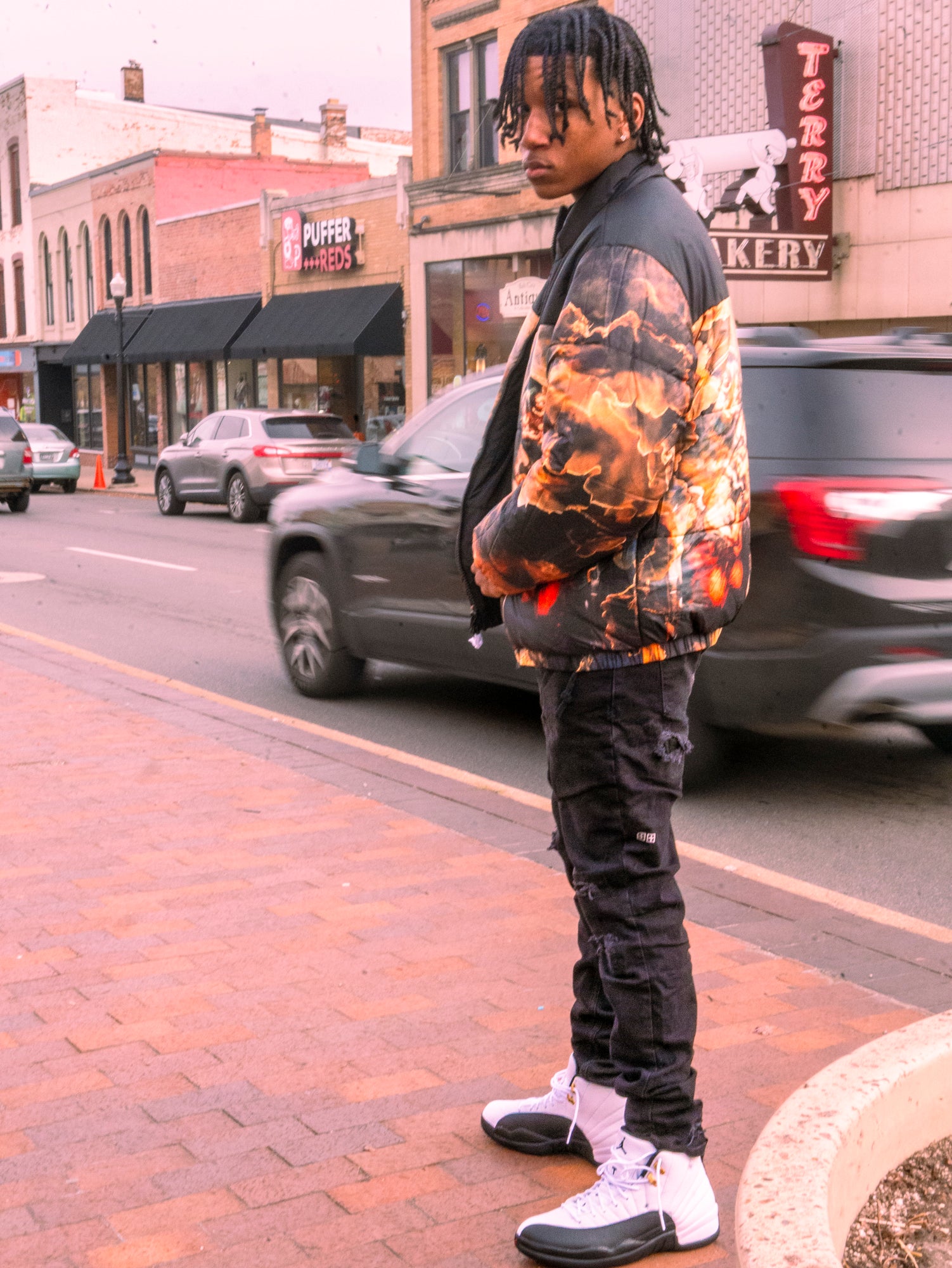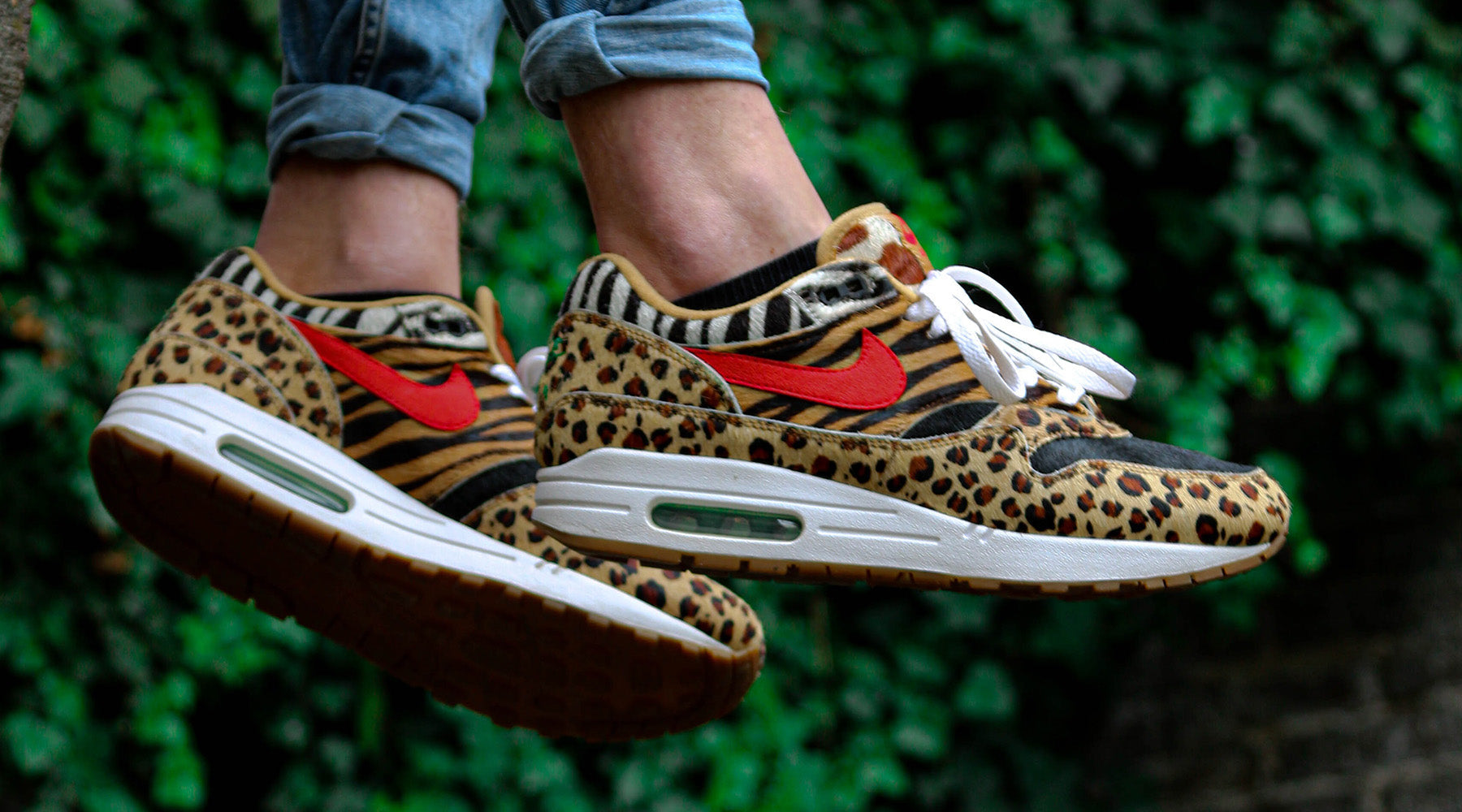Nike revolutionized the footwear industry more than four decades ago when they introduced their groundbreaking cushioning technology known as Air Max. The idea for this innovative technology came from an aeronautical engineer named Frank Rudy, who proposed the concept of trapping high-density gases in a urethane air bag and brought it to Nike.
Today, Air Max is one of Nike's most iconic and celebrated product lines, with its own dedicated holiday every March known as Air Max Day. The series features an extensive array of models that include cutting-edge designs, collaborations, and cultural references, which has led to a global community of fervent collectors.
Each region around the world has its own distinct affinity for Air Max, such as Italian ravers and graffiti artists who bestowed the Air Max 97 with the nickname "Le Silver" and the French who referred to the sleek Air Max Plus as "La Requin" or "The Shark." American fans fondly recall references to Air Max 95s in popular hip-hop songs like The Game's "Hate It Or Love It" and Redman's "I'll Bee Dat." Similarly, English grime enthusiasts grew up idolizing their favorite artists like Skepta and Dizzee Rascal, who frequently donned Air Max sneakers.
The rich history of Air Max is filled with legendary models, and we've highlighted the most significant ones below.
1979 | Nike Air Tailwind

The Nike Air Tailwind, released in 1979, was the precursor to the Air Max line of shoes. The groundbreaking design included a small air cushioning bag in the heel, encapsulated for the first time in a Nike shoe, which has now become ubiquitous in Air technology. Originally a limited release for the Honolulu Marathon in Hawaii in 1978, the shoe received wider distribution the following year. Later versions of the Tailwind featured visible Air technology, starting with the Nike Air Tailwind 92 in 1992. In 2009, Nike brought back the Tailwind line with the Tailwind+ 2, which was followed by the 3, 4, 5, and 6. British grime artist Skepta’s signature version of the Tailwind 5, mixing two iterations of the shoe, sparked renewed interest in the classic sneaker.
1987 | Nike Air Max 1

The Air Max 1, introduced in 1987 by Tinker Hatfield, revolutionized the world of sneakers by debuting visible Air technology. Inspired by the inside-out design of the Centre Pompidou in Paris, the Air Max 1 featured a window in the heel that revealed the previously hidden Air bag cushioning. This was a groundbreaking innovation in shoe design that initially drew criticism from skeptics, but ultimately became one of the most iconic designs in Nike’s history.
1990 | Nike Air Max 90

Designed as the successor to the Air Max 1, the Air Max 90 featured even more Air cushioning in the heel and a technical design that included variable-width forefoot eyelets. Initially known as the Air Max 3, it was designed by Tinker Hatfield and launched in a ‘Hyper Orange’ colorway. Retro releases after 2000 renamed the shoe as the Air Max 90, with the ‘Infrared’ nickname becoming more commonly used.
1991 | Nike Air Max 180

Tinker Hatfield and Bruce Kilgore collaborated on the Air Max 180, named after its larger and more visible Air cushioning bag that now had 180 degrees of visibility and connected to the ground through the outsole. The shoe gained fame during the 1992 Summer Olympics in Barcelona, worn by Nike athletes, including Michael Jordan. The quintessential ’90s ‘Ultramarine’ colorway was the first to hit stores.
1991 | Nike Air Max BW

Another Tinker Hatfield design, the Air Max BW was launched in 1991, and the ‘BW’ stands for ‘Big Window’. It takes inspiration from the Air Max 90 but amplifies the main selling point of the Air Max franchise – visible Air. The shoe became an underground hit in London and Paris and was adopted by hip-hop communities. Dizzee Rascal famously wore the Air Max BW on the cover of his debut album, Boy in Da Corner.
1993 | Nike Air Max 93

Released in 1993, the Air Max 93, designed by Tinker Hatfield, featured a 270-degree Air bag that was visible from the rear, medial, and lateral sides, inspired by the shape of a milk jug. The shoe first arrived in a ‘Dusty Cactus’ colorway and featured a snug-fitting neoprene collar that provided a custom fit for the wearer.
1995 | Nike Air Max 95

Nike released the Air Max 95 sneakers in 1995, sporting a unique design that drew inspiration from the rock erosion at the Grand Canyon and the rib cage structure of humans. This edition was the first Air Max shoe to feature visible Air in both the forefoot and heel and was introduced in a grey/neon colorway. Unlike previous Air Max models that had white midsoles, the 95 had a black midsole, a design choice intended by Sergio Lozano to conceal dirt accumulated during running. The shoe's upper featured a subtle Swoosh logo, which differed from the more prominent logos on previous Air Max sneakers.
1997 | Nike Air Max 97

Christian Tresser designed the Air Max 97, a beloved sneaker famously nicknamed "The Silver Bullet." Taking inspiration from the sleek and aerodynamic silhouette of the silver bullet train. Additionally, the sneaker's colorway was influenced by the polished finishes of mountain bikes, creating a striking and dynamic appearance that has stood the test of time.









Share:
Pelle Pelle - The Importance of Marc Buchanan's Vision
Air Jordan 1 Skyline Campaign: A Tribute to the Past, A Vision for the Future